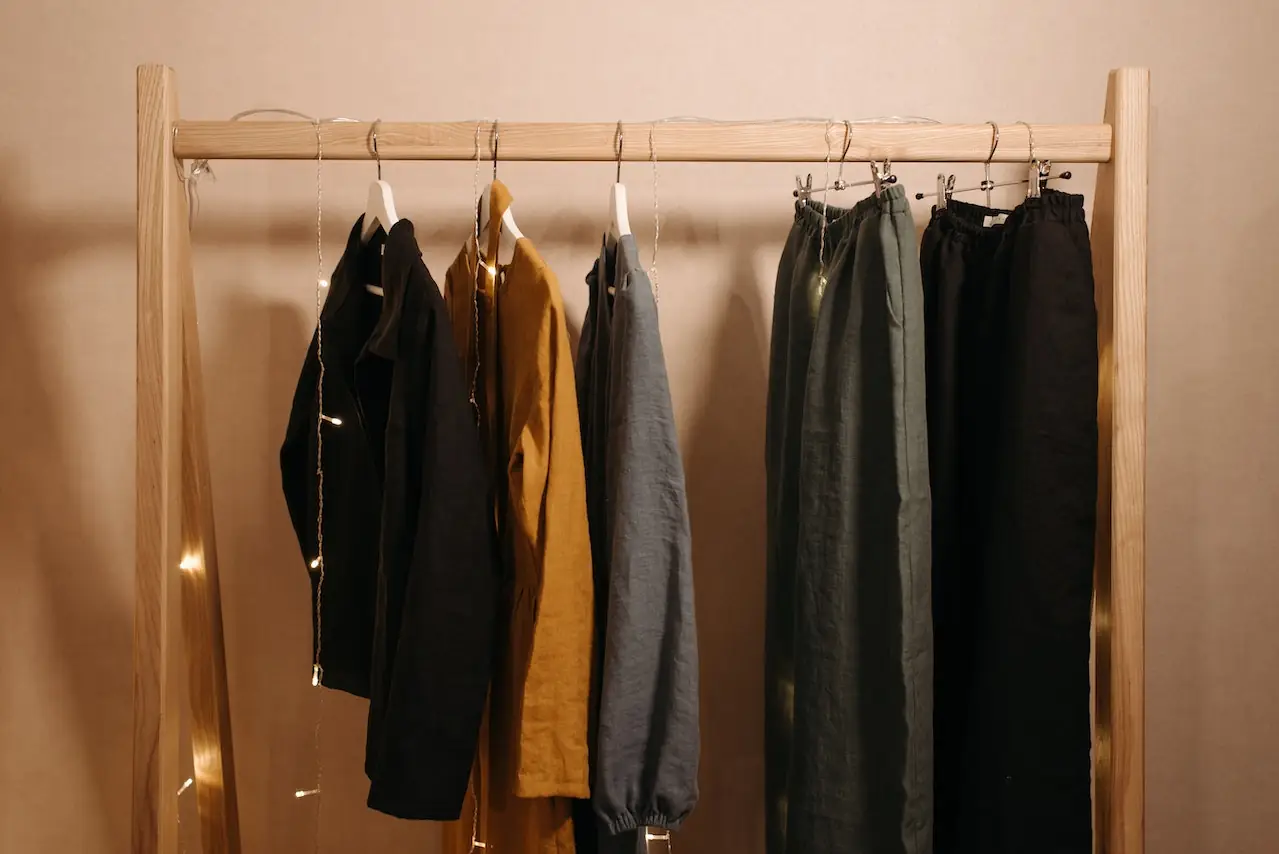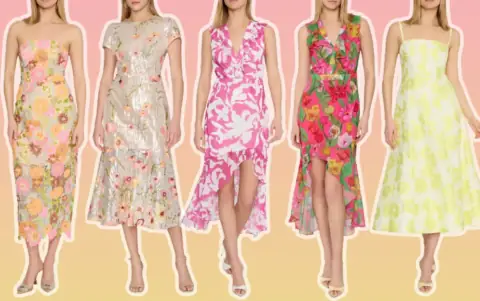
When it comes to beauty, there is no magic bullet or universally applicable routine. This holds truer than ever when dealing with varying hair types. For instance, the term "curly hair" is a catch-all for nine distinct curl patterns, including everything from beachy waves to afro-textured curls.
If you've ever felt like trying to figure out your curl type was like solving a mystery straight out of a science fiction novel, you'll be relieved to learn that Andre Walker has developed a system to help you do just that. Simply put, types 1 and 2 have straight hair, 3 and 4 have curly hair, and types 3 and 4 have coily hair.
Depending on the size of your wave or curl, you may fall into categories such as A, B, or C within those categories. The A pattern has the loosest coils, while the C pattern is the tightest.
If you know what kind of curls you have, you can figure out what works best for your hair. We understand that caring for curls of all types can initially seem daunting, so we compiled this guide.
More conditioner is required for tighter curls.
It's a universal truth that curly hair is drier and more prone to frizz than straight hair. It's essential to know your curl type before deciding on a conditioner. Careful handling and the right products are crucial for type 4 hair because it is easily damaged and has trouble retaining moisture. Products like leave-in and deep conditioners are essential for maintaining this hair type.
Even more so is required for type 3 curls. Extra care and watering are required for this curl type because of its coiling shape from roots to ends (think ringlets). This type of hair would benefit significantly from a Moisturizing Mask treatment that is left in after washing. When you don't have the time or patience for a deep-conditioning treatment, but your curls look and feel dry, try one of the many fantastic hydrating masks on the market.
Lastly, type 2 curls, which are wavier and looser than other curl types, need light hydration because anything more will weigh it down. To tame your waves, use a leave-in conditioner.
Apply Products to wet hair.
Hair is easiest to manipulate when it's soaking wet. Therefore, it is best to detangle, condition, and style the hair all at once while it is wet. As a bonus, this method after drying your hair can help keep it from becoming frizzy. Start using your preferred shampoo and conditioner in the shower, rake your fingers through your hair until there are no more tangles, and finally, rinse the hair.
The best way to achieve defined curls right out of the shower is to rake your products through your wet hair and scrunch it. Like seaweed, your hair should be smooth and slippery.
ALSO READ: The Right Way To Wash Curly Hair
Plop hair.
You can either let your hair air dry or use a diffuser after you've finished styling it. The plopping technique, which requires nothing more than a T-shirt or microfiber towel, is what you need if you want to dry your hair without using heat. Spread a microfiber towel or T-shirt out on the edge of the bed or chair, with the sleeved side closest to you. The correct way to do this is to bend slightly at the waist and flip your head forward, bringing your hair down into the center of the T-shirt or towel. Keep stooping until your head touches the surface of a bed or chair. Then, bring the remaining fabric over your head and secure it with a few quick flips at the neck. You should then tie a knot using the sleeve ends of the shirt or towel over the fabric currently draped around your neck.
We suggest that, if you're wearing a long-sleeved shirt, you tuck the sleeves into the front of your head. Plop drying provides several advantages, including less time spent on the process, defined curls without heat, and reduced frizz.
Brushing through curly hair is perfectly acceptable.
While it's true that brushing dry curls can cause chaos, working through wet hair can help define the style. Curly hair is best styled with a comb or paddle brush. The best way to style your hair is to brush it in two-inch sections and scrunch it. Curls can be clumped together using this method for enhanced definition.
Get a weekly wash.
You should only wash your curly hair once or twice a week because of its dry nature. Naturally, the more active you are, the more times you can get away with it. However, because curly hair is already dry, you need to be careful not to remove its natural moisture.
Wear your hair in a suitable overnight style.
Curls of types 3 and 4 are best protected when sleeping in a pineapple hairstyle. Making a high, loose ponytail on top of your head with a scrunchie or soft hair tie is one option. For reduced frizz and less flattened curls, as well as knot-free hair in the morning, try arranging your hair so that it rests on top of your head while you sleep.
The Medusa-clipping technique helps maintain the wavy appearance of type two hair. Take small sections of hair and clip them loosely to the top of your head using small claw clips to keep them out of your face while you sleep. In some cases, this method is preferable to pulling hair into a high ponytail because it is less damaging to the hair and doesn't mess with the natural wave pattern.
Throw down a silk pillowcase.
A satin or silk pillowcase is ideal when your curls are in their protective overnight style. By doing so, you'll keep the inner curls from becoming frizzy and the fabric from sapping your hair of its natural moisture.
Avoid touching your hair.
You can get the most defined curls from any curl type by not touching your hair after you've dried and styled it. Curly hair is more prone to frizz and unraveling when touched, so it's best to avoid touching it at all costs.
Spray detangler for hair should be stored in the fridge.
Refrigerating your detangling spray is a brilliant idea to extend its shelf life. The hair's cuticle will be sealed and the moisture locked in, protecting it from dryness, frizz, and the elements. In the warmer months, it's a beautiful way to revitalize your hair and scalp.





